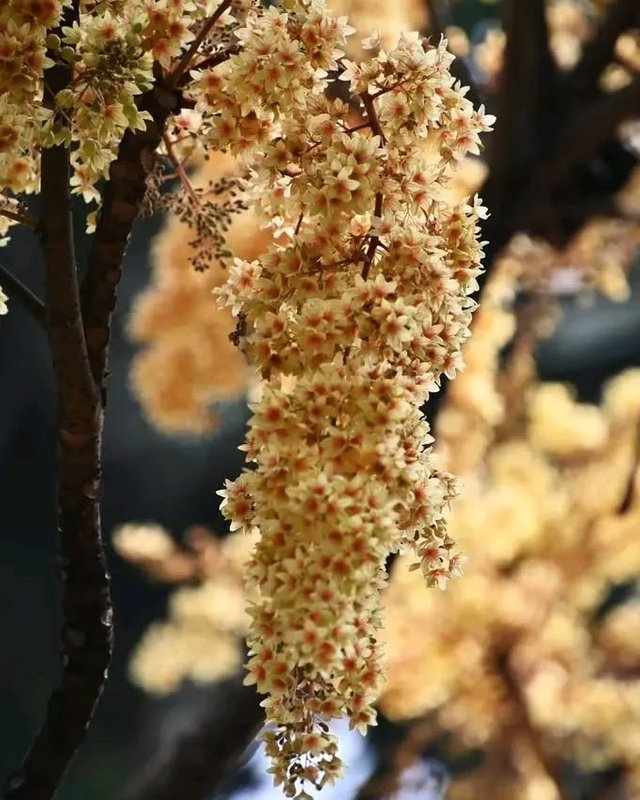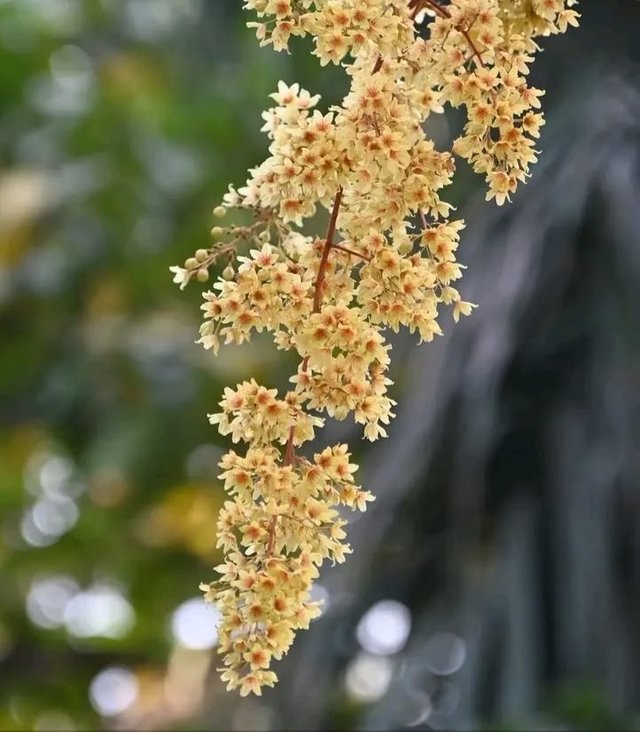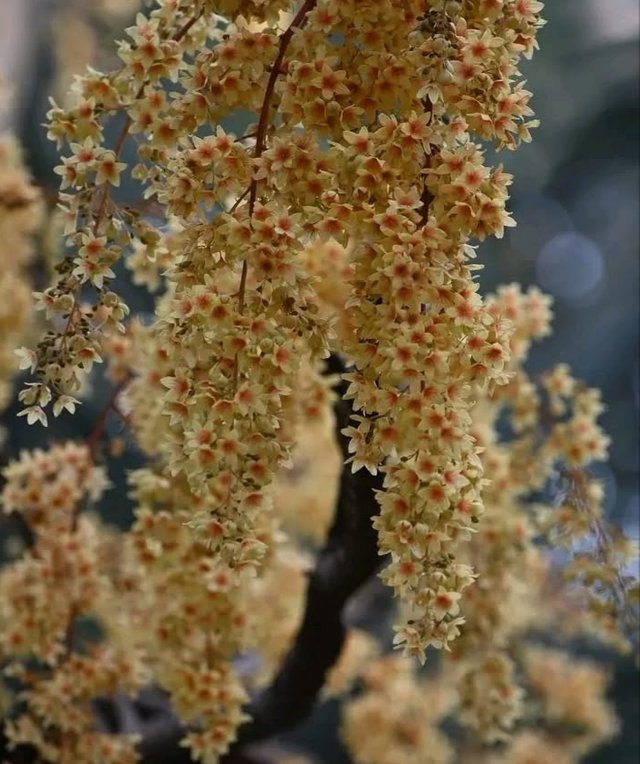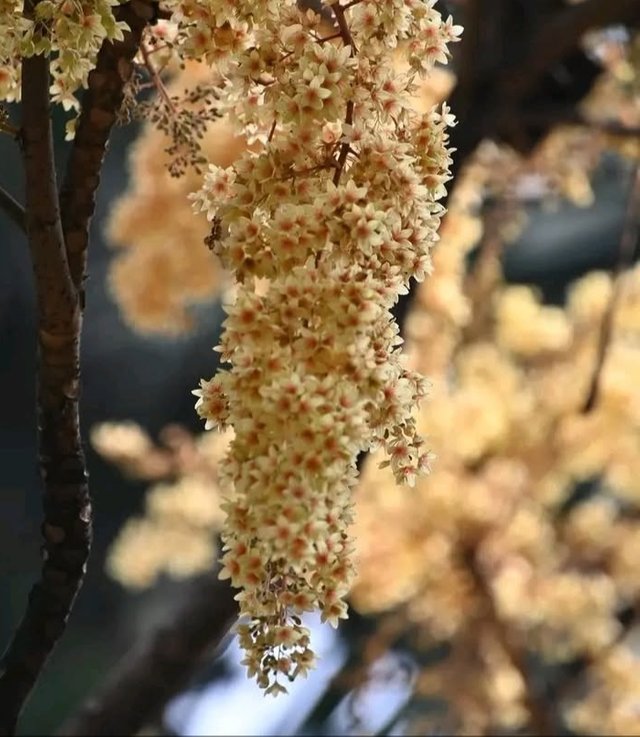Yellow Colour Sterculia Villosa Flower
Sterculia villosa: A Lesser-Known but Remarkable Tree Introduction Sterculia villosa is a fascinating but often overlooked species belonging to the Malvaceae family, previously classified under Sterculiaceae. Native to South and Southeast Asia, this deciduous tree plays an important ecological and economic role in its native range. It is commonly found in India, Bangladesh, Myanmar, Thailand, and other tropical regions. Despite its lesser-known status, this tree holds potential in traditional medicine, agroforestry, and even industrial applications.
Botanical Description
Sterculia villosa is a medium-sized deciduous tree, usually growing up to 10–15 meters in height. It is characterized by its distinctively large, palmate leaves, which resemble those of the maple tree but are much softer and covered with fine hairs. The bark is typically grayish-brown, with a rough texture and fissures as the tree matures.
One of the most striking features of Sterculia villosa is its fruit, which consists of multiple follicles that are covered in reddish-brown, velvety hairs. These fruits split open upon ripening to release numerous black seeds. The seeds are rich in oils and are sometimes used in traditional remedies.
Ecological Importance
Sterculia villosa plays an essential role in maintaining forest biodiversity. It provides habitat and food for various insects, birds, and mammals. The flowers of the tree attract pollinators such as bees and butterflies, while the seeds serve as food for birds and small mammals.
In mixed forests, the tree contributes to soil stabilization by preventing erosion, particularly in hilly and riverine areas where it naturally grows. Its ability to thrive in poor and sandy soils makes it an excellent species for reforestation projects in degraded lands.
Traditional and Medicinal Uses
In traditional medicine, different parts of Sterculia villosa are used to treat various ailments. Some of its common medicinal applications include:
Bark and Root Extracts: Used in Ayurveda and traditional herbal medicine to treat digestive disorders, fever, and inflammation.
Seeds: Rich in oil, the seeds have been used in folk medicine for their laxative properties.
Gum Exudate: The tree produces a gum that has been used as an emulsifying agent and sometimes as an alternative to tragacanth gum.
Apart from medicinal applications, the fibers obtained from its bark are used for making ropes and coarse textiles in rural communities.
Industrial and Commercial Uses
While not widely commercialized, Sterculia villosa has several potential industrial uses:Oil Extraction: The seeds contain oil that can be explored for industrial or pharmaceutical purposes.
Gum Industry: Like other species in the Sterculia genus, Sterculia villosa could be a source of natural gum with commercial value.
Timber and Paper: Although the wood is not particularly strong, it can be used for making light furniture, pulp, and paper.




| Device | cannon eos 700D |
|---|---|
| Lens | 55-250 zoom leans |
| Location | Bangladesh |
